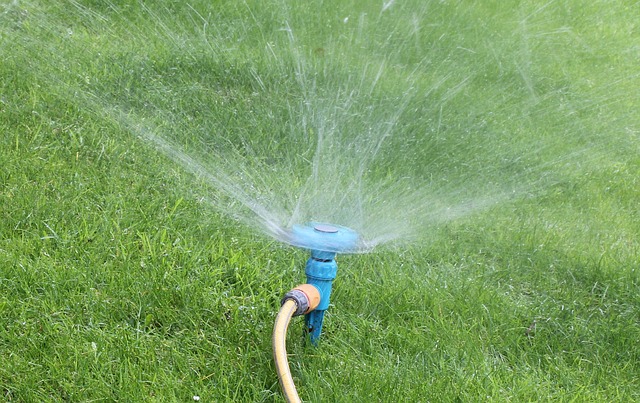Are you overwatering your landscape? Here are signs to look for.

Your commercial landscape's health is dependent upon water. All living things need water to survive. Without it, the grass, plants and trees in your commercial landscape won't survive. Too much water, however, can prove equally as disastrous as too little water. If you overwater commercial landscape, you may notice some of the following signs.
Fungal Disease
Overwatering is a contributing factor in many cases of fungal diseases. It will drown out your commercial landscape while creating a damp environment in which fungus can thrive. Some types of fungus can quickly spread on wet grass. While you can often stop it by applying a fungicide, an easier solution is to use the right amount of water. Giving your commercial landscape too much water will make it susceptible to fungal diseases.
Some of the most common water-related fungal diseases include:
- Snow mold
- Pythium
- Dollar spot
- Powdery mildew
- Fairy ring
- Brown patch
If you notice the soil feels mushy or otherwise soggy, you may be overwatering your landscape. Soil is naturally porous when dry. This porous composition allows for the formation of subterranean air pockets, which essentially allow grass and plants to breathe. Overwatering your commercial landscape, however, will cause these air pockets to collapse, resulting in soggy soil.
Soggy soil isn't just unattractive; it can jeopardize your commercial landscape. If the soil is soggy, it may erode during periods of heavy rainfall. You can still water your commercial landscape; just remember to avoid giving it too much water. Otherwise, you may experience soggy soil that encourages erosion.
Root Rot
Another sign that your commercial landscape is getting too much water involves root rot. Root rot is a condition in which plants and grass begin to decay at their roots. The top part of the plants and grass may remain healthy. But with root rot, their roots will decay. Root rot occurs when there's too much water in the soil. As the roots soak up this excess water, they'll break down and decay.
To determine whether root rot is affecting your commercial landscape, take a minute to inspect the base of your grass and plants. As the roots begin to decay, they'll typically turn brown or yellow. If you discover brown or yellow roots, your commercial landscape may be suffering from root rot, in which case you should cut back on watering it until the roots return to their original color.
This article was brought to you by Palmetto Coastal. For more articles, tips and news for your commercial landscaping and maintenance needs, please visit us at our website.
Recent Posts
- Whats the Best Way to Edge Flowerbeds?
- An Introduction to Gabions and How They Work in Landscapes
- What Is Bush Hogging? Here's What You Should Know
- 5 Best Practices for a Neighborhood Entrance
- 5 Things to Consider When Choosing a Commercial Landscaping Company
- Are you overwatering your landscape? Here are signs to look for.
- The Dos and Don'ts of Pruning Shrubs
- An Introduction to Ground Covers in a Commercial Landscape
- Cool Season vs Warm Season Grasses: What's the Difference?
- Real vs Artificial Turf Grass Which Is Best for Your Commercial Landscape

